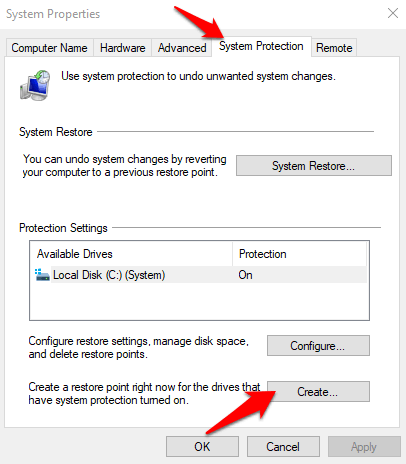
Spyware and viruses can corrupt the computer registry. One needs to be well equipped with registry handling information in order to configure/modify the computer’s registry. It is also a delicate place to fiddle around without proper knowledge.
#How clean registry windows 10 software
For example, all the software programs are organized based on user profiles. A computer’s registry is an efficient way of monitoring the different software and hardware components. The Windows registry’s main purpose is to store the configuration of the different software programs installed on the computer, the hardware installed or attached to the computer, and any other special settings the user has implemented.

The Windows registry is the Windows component that has all the information about the computer and the software installed on the computer. The steps for doing so are outlined below. Cleaning it up effectively is not easy, though.
#How clean registry windows 10 how to
So it is essential to know how to clean the Windows registry to speed up the PC’s performance. You can also delete the whole Open Find subkey (or create a registry file to do it for you automatically) to remove all most recently used files lists at the same time.The longer a computer is used, the more cluttered the registry can become because most applications these days do not remove all traces of themselves when deleted. Use that registry file to automatically apply the registry settings (in this case, the deletion of the most recently used files list).

You can also create a registry file (.reg) by exporting that subkey of the registry in Registry Editor. Therefore, you must periodically delete the list. Office rebuilds the File Name MRU subkey after you delete it, and begins to track the most recently used files again. To delete a specific list of most recently used files, delete the Value entry in any File Name MRU subkey. Under each subkey is another subkey that is named File Name MRU. These keys may vary depending on the past actions that were performed in Microsoft Word. Each of these subkeys contains a most recently used files list.įor example, the Microsoft Office Word\Settings subkey contains subkeys such as Insert File, Save As, Open, or Modify Location. In that subkey, you find several additional subkeys. In each program subkey, you find another subkey that is named Settings. In the Open Find subkey, locate the program for which you want to clear the most recently used files list. HKEY_CURRENT_USER\Software\Microsoft\Office\10.0\Common\Open Find HKEY_CURRENT_USER\Software\Microsoft\Office\11.0\Common\Open Find HKEY_CURRENT_USER\Software\Microsoft\Office\12.0\Common\Open Find Locate the following registry key, as appropriate for your version of Office: For more information about how to back up and restore the registry, see How to back up and restore the registry in Windows.Ĭlick Start, click Run, type regedit in the Open box, and then click OK. Then, you can restore the registry if a problem occurs. For added protection, back up the registry before you modify it. Therefore, make sure that you follow these steps carefully. However, serious problems might occur if you modify the registry incorrectly. This section, method, or task contains steps that tell you how to modify the registry. You can, however, edit the Microsoft Windows registry to clear the list of the most recently used files. In the interest of enhanced privacy, many users and administrators prefer not to have these files listed.Īlthough you can prevent this list from being shown on the File menu in the programs, there is no built-in method for removing the list or for preventing its display in other locations. The purpose of this feature is to provide quick access to files that a user is working on. Save As dialog box, and the Insert Hyperlink dialog box. These locations include the Open dialog box, the Additionally, the programs display this list on the File menu and in several other locations. Many Office programs maintain a list of the most recently used (MRU) files. You can edit a single registry entry to clear the most recently used files list that appears in most Microsoft Office programs. For more information about this change, read this blog post.

Office 365 ProPlus is being renamed to Microsoft 365 Apps for enterprise.


 0 kommentar(er)
0 kommentar(er)
